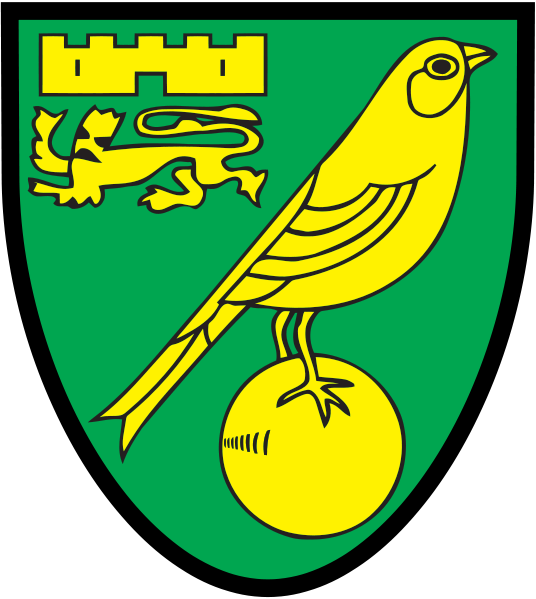Norwich City’s recent FA Cup exit at the hands of Brighton and Hove Albion has brought to light several pressing issues facing the club, as highlighted by Connor Southwell in The Pink'un. The 4-0 defeat not only marks the Canaries' 15th elimination from the tournament since 2000 but also represents their largest home defeat in the FA Cup since a 5-0 loss to Arsenal in 1952.
This particular exit is noteworthy not just for the scoreline but also because it signifies the first occasion on which Norwich has been eliminated from both the League Cup and FA Cup by a four-goal margin in the same season, following a similar fate against Crystal Palace earlier in the campaign. Historically, Norwich has struggled against top-tier teams in this competition, with their last victory over such an opponent dating back to their memorable 1959 FA Cup run, where they triumphed over Sheffield United in the quarter-finals.
The disparity in quality and performance between Norwich and Brighton was glaringly apparent, despite the two clubs being only 21 places apart in the league hierarchy. Brighton's impressive evolution under various managers—Chris Hughton, Graham Potter, Roberto di Zerbi, and now Fabian Hurzeler—has been characterised by progressive football and astute recruitment, bolstered by the investment of lifelong fan Tony Bloom. In the match, Brighton registered 21 shots, with eight on target, compared to Norwich's six attempts, of which only one was on target.
The financial gulf between the two clubs was further underscored by the combined value of Brighton's squad, which stood at £146.4 million, in stark contrast to Norwich's £23.4 million starting XI. This significant gap illustrates the challenges Norwich faces in their quest to assemble a similarly competitive squad.
However, Norwich's commitment to youth development was evident throughout the match. With an average player age of 24.3 years, the team's youthful composition marks a notable shift from last season's average of 29.2. The bench featured three academy graduates—Brad Hills, Lucien Mahovo, and Elliot Myles—underscoring the club's focus on nurturing young talent, as more than half of the substitutes were under 21.
An intriguing statistic from the match was that Norwich started with eight left-footed players, a trend initiated by goalkeeper George Long and extending throughout the team.
Attendance figures also reflected a renewed interest in the FA Cup, with 24,738 fans present at Carrow Road—the largest turnout for a third-round match this century. This figure represents a significant increase from the previous year's attendance against Bristol Rovers, which saw only 19,848 spectators.
With their FA Cup journey now concluded, Norwich City must redirect their focus to the Championship, where they face challenging fixtures against Sheffield United and Leeds United. Following a promising festive period that yielded 10 points from a possible 12, these upcoming matches will serve as a crucial test of their progress under head coach Thorup. Historically, Norwich has encountered difficulties against both Chris Wilder and Daniel Farke, with the latter remaining unbeaten in five encounters since his appointment at Leeds.
As Norwich navigates these challenges, the club's emphasis on youth development and strategic planning will be vital in their pursuit of success in the league. The path ahead may be fraught with obstacles, but the Canaries' commitment to building a competitive squad through youth could ultimately prove to be their most valuable asset.
